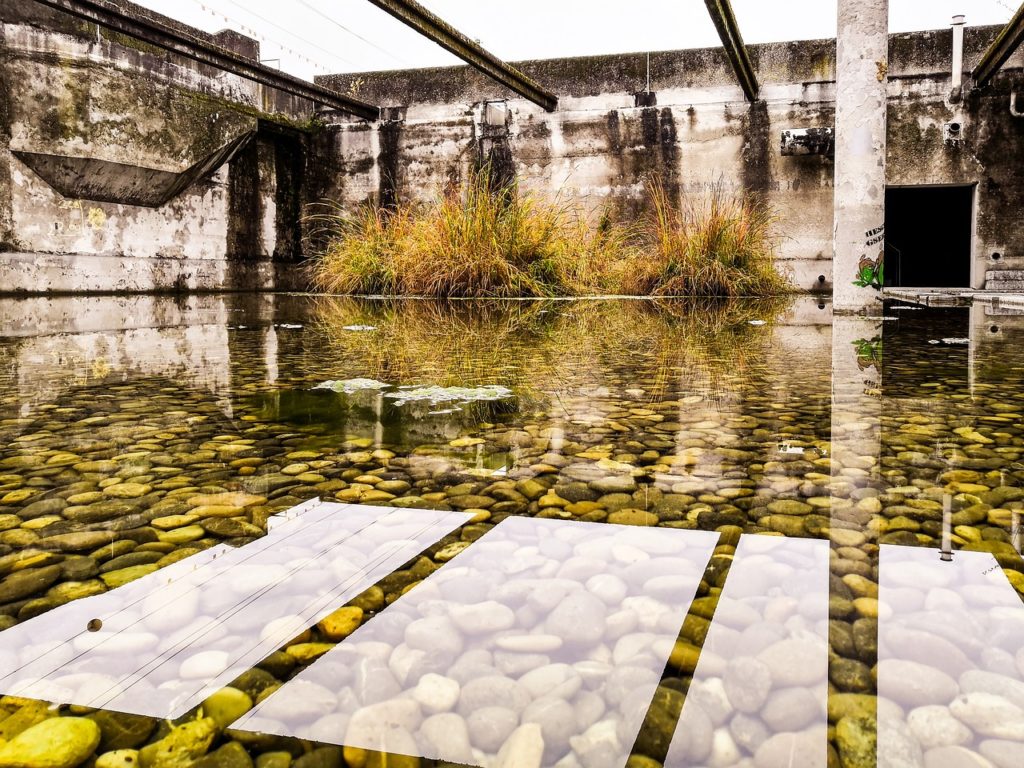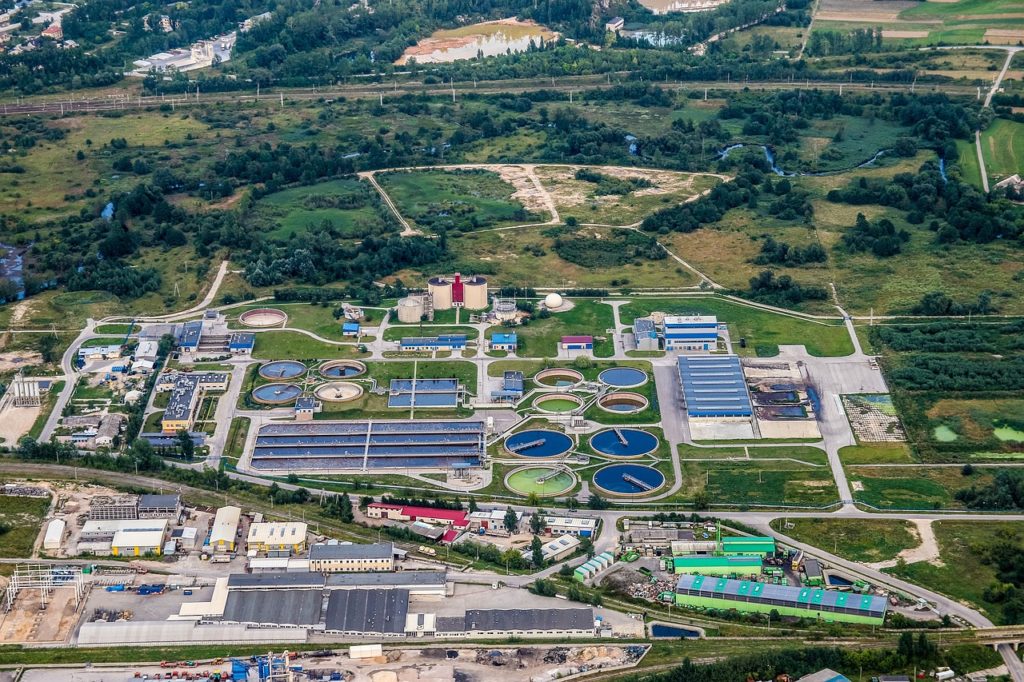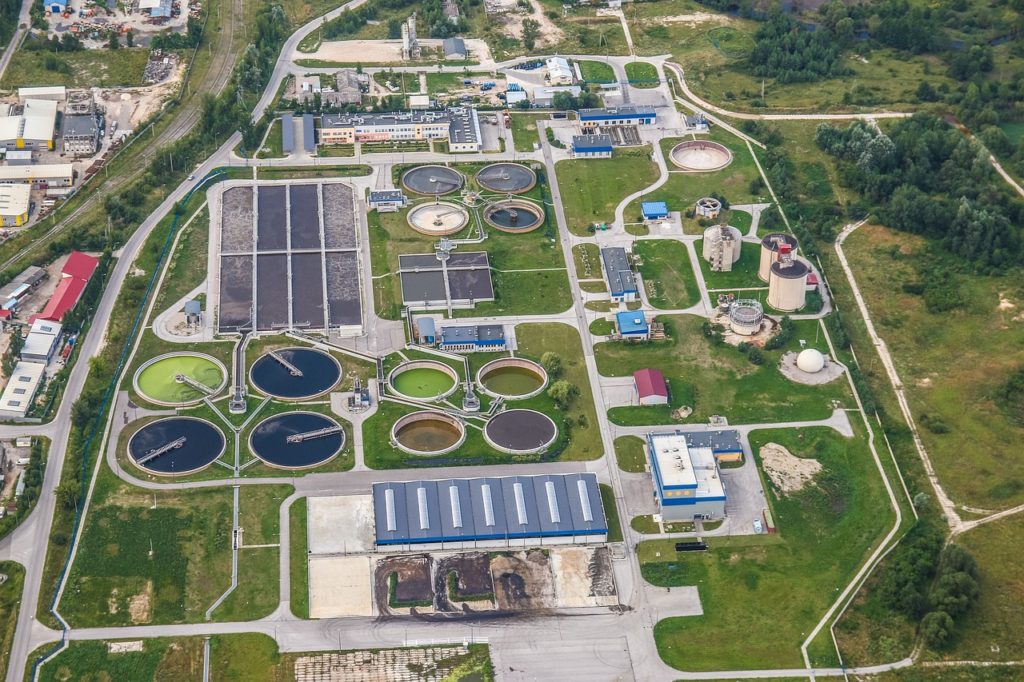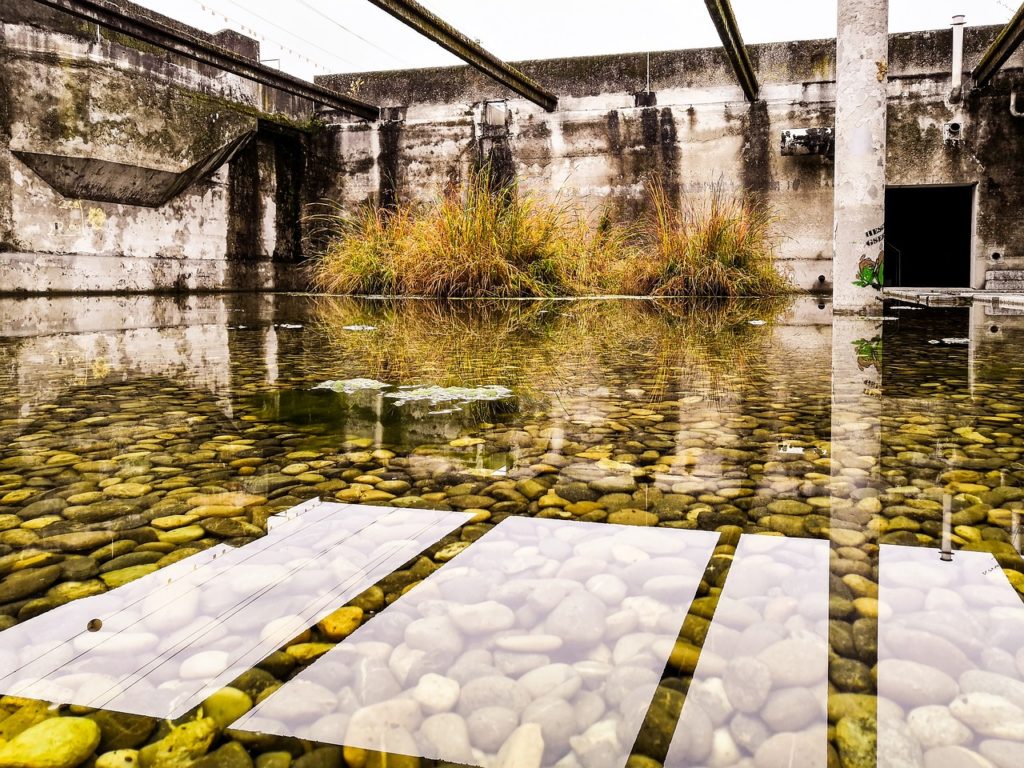Imagine a world where every time you flush the toilet or let the water run down the sink, that water magically disappears. It may seem like a distant dream, but the reality is that wastewater treatment plants are working tirelessly behind the scenes to make it happen. In this article, we’ll be taking a closer look at the first step in the wastewater treatment process: primary treatment. Get on board as we navigate through the alphabet of wastewater treatment, starting with the fundamental ABCs of primary treatment. Prepare to be amazed at the science and technology that goes into making our water clean and safe for the environment.
The ABCs of Wastewater Treatment: Primary Treatment
Welcome to the world of wastewater treatment! In this comprehensive article, we will explore the ins and outs of primary treatment, which is the first step in the overall wastewater treatment process. From understanding its purpose to discussing the basic steps involved, we will cover it all. So let’s dive in!

Overview of Wastewater Treatment
Before we delve into primary treatment, it’s important to understand the bigger picture of wastewater treatment. Wastewater treatment is a crucial process that aims to remove pollutants and contaminants from wastewater to protect the environment and public health. It involves a series of stages, namely primary, secondary, and tertiary treatment, that work together to achieve this goal.
What is Primary Treatment
Primary treatment is the initial and essential stage of wastewater treatment. It focuses on the physical processes of removing large solids and organic matter from wastewater. Through this process, the wastewater is prepared for further treatment in the secondary and tertiary stages.

Purpose of Primary Treatment
The primary treatment stage serves several important purposes. Firstly, it aims to remove large solids, such as debris, plastics, and other non-biodegradable materials, that may clog equipment or damage downstream processes. Secondly, primary treatment helps in the removal of grit and sand, which can cause abrasion and wear on mechanical equipment. Furthermore, it also separates organic matter, reducing the overall biological oxygen demand (BOD) of the wastewater. Lastly, primary treatment acts as a pre-treatment step for the subsequent secondary and tertiary treatment processes.
Basic Steps of Primary Treatment
Primary treatment typically involves four basic steps. Let’s walk through each of these steps:

Step 1: Screening
The first step in primary treatment is screening. This process involves the use of screens to remove large objects and debris from the incoming wastewater. Screens come in various types, such as bar screens and fine screens, and their primary purpose is to prevent large solids from entering the treatment system. This helps in protecting downstream equipment from damage and reducing the risk of clogging.
Step 2: Grit Removal
Once the wastewater has passed through the screening process, it enters the grit removal step. Grit, which includes sand, gravel, and other heavy particles, can settle in tanks and cause operational issues. Grit removal methods, such as aerated grit chambers and vortex separators, are employed to separate these heavy particles from the wastewater. The separated grit is then collected and properly disposed of.
Step 3: Sedimentation
After grit removal, the wastewater undergoes sedimentation. Sedimentation tanks, also known as clarifiers or settling tanks, are used in this step. The purpose of sedimentation is to allow suspended solids to settle at the bottom of the tank due to gravity. This process helps in further removing solids from the wastewater, making it clearer and cleaner. The settled solids, known as sludge, are then collected for subsequent treatment or disposal.
Step 4: Fecal Sludge Management
The final step in primary treatment involves fecal sludge management. Fecal sludge, which consists of human excreta, is separated from the wastewater and treated separately. Proper management of fecal sludge is crucial for maintaining sanitation and preventing the spread of diseases. Various methods, such as anaerobic digestion and composting, are used for fecal sludge treatment, ensuring its safe disposal or reuse.
Equipment Used in Primary Treatment
Different equipment and systems are used in the primary treatment stage to facilitate the removal of solids and organic matter. These include screens, grit removal systems, sedimentation tanks, and specific equipment for fecal sludge management. Each of these equipment plays a vital role in ensuring effective primary treatment of the wastewater.
Advantages and Disadvantages of Primary Treatment
Like any other process, primary treatment has its own set of advantages and limitations. Let’s take a closer look at each:
Advantages of Primary Treatment
- Effective removal of large solids, preventing equipment damage and clogging
- Reduces the presence of grit and sand, extending the life of mechanical equipment
- Separates organic matter, lowering the BOD of the wastewater
- Acts as a necessary pre-treatment for secondary and tertiary treatment processes
- Provides a foundation for overall wastewater treatment efficiency
Limitations of Primary Treatment
- Limited removal of dissolved solids and nutrients
- Incomplete removal of fine particles and some pollutants
- Relies on further treatment in secondary and tertiary stages to achieve higher levels of purification
In conclusion, primary treatment plays a vital role in the overall wastewater treatment process. It serves as the foundation for effective removal of large solids, grit, organic matter, and preparation for subsequent treatment stages. By understanding the ABCs of primary treatment, we can appreciate the significant impact it has on ensuring clean and safe water for our communities.
Remember, wastewater treatment is a multistage process, and the efficiency of each stage contributes to the ultimate goal of protecting our environment and health. Through primary, secondary, and tertiary treatment, we can make a difference in preserving our precious water resources, one step at a time.



